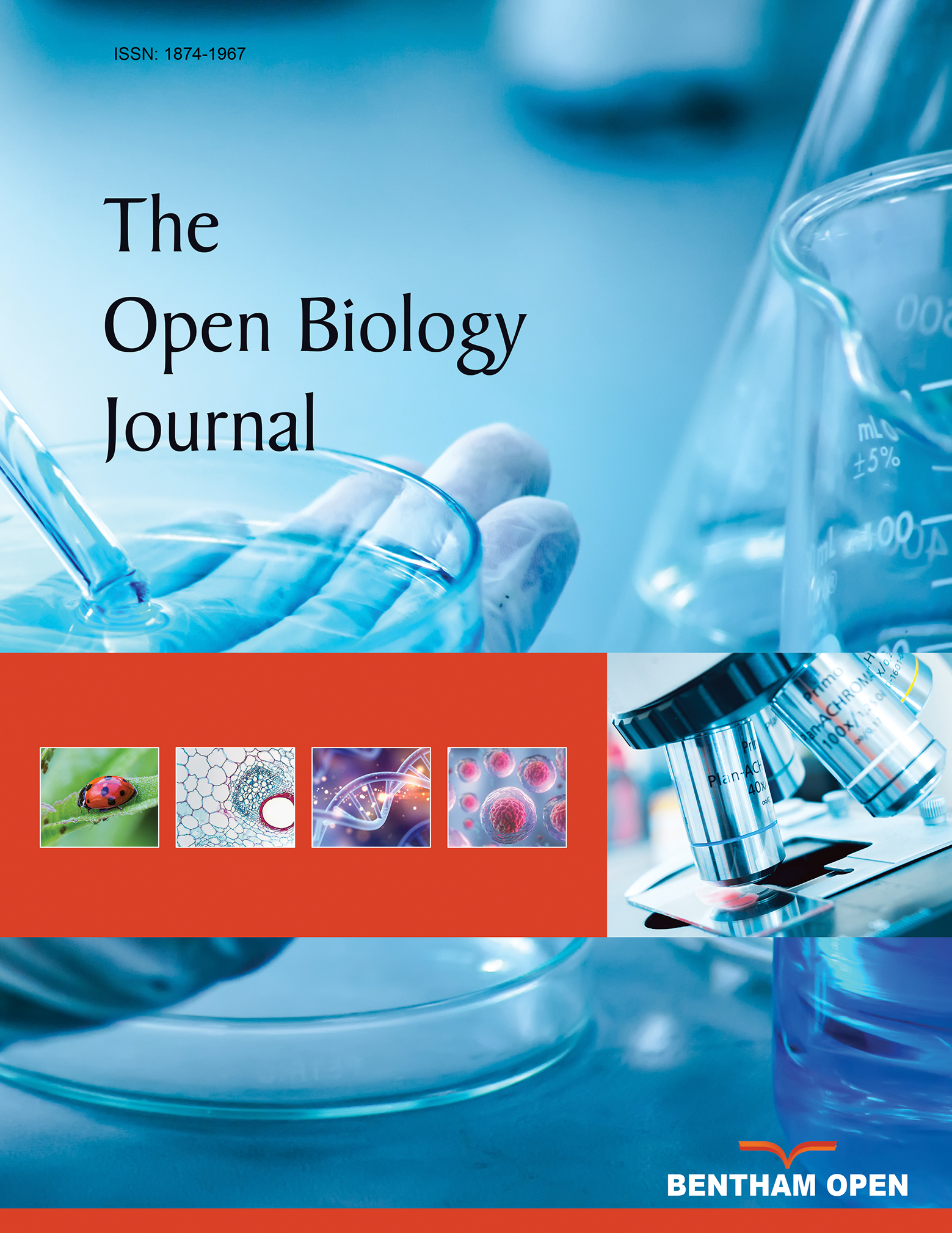All published articles of this journal are available on ScienceDirect.
The Strengths and Challenges of New Approach Methods in Genetic Toxicity - Part II
Abstract
Genetic toxicology originated in 1973 with the Ames test, but it has evolved significantly since then. In the early 2000s, there was great promise for the reduction, refinement, and replacement of animal testing; however, the acceleration of these changes has only occurred over the past 5-7 years. With the advent of new technologies in the laboratory, such as organs-on-a-chip, 3D systems, toxicogenomics, reverse dosimetry/qIVIVE, and PBPK/PBTK/mathematical modeling, along with advances like induced pluripotent stem cell technology, CRISPR-Cas9 gene editing, automation, advanced visual imaging, big data throughput, and machine learning (ML), there is an increasing shift away from animal testing. Part I of the study describes the current genetic toxicity tests required by regulatory agencies for the approval of pharmaceuticals, medical devices, and industrial chemicals, as well as their limitations. This part explores how new approach methods (NAMs), already in use or in qualification/validation, can help bridge those gaps, acknowledging that such assays must meet rigorous standards for fitness for purpose, domain of applicability, and context of use. Additionally, the status of regulatory acceptance and implementation is discussed.


